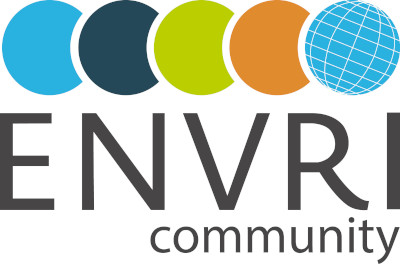A new paper titled “Toward a Comprehensive and Integrated Strategy of the European Marine Research Infrastructures for Ocean Observations” has been recently published on Frontiers of Marine Science. The article is authored by researchers from the five European Marine Research Infrastructures EMSO ERIC, Euro-Argo ERIC, ICOS-ERIC Marine, LifeWatch ERIC, and EMBRC-ERIC. The article highlights the importance of Research Infrastructures (RIs) and RIs collaborations to address the current environmental challenges due to climate change. The RIs capacity to deliver accurate and relevant information about fundamental processes in the geosphere, hydrosphere, biosphere and atmosphere, and their interactions are described and discussed, as well as the benefits that RIs collaborations bring in ensuring that data products, information, and knowledge are provided to stakeholders efficiently in a way that is directly relevant to their requirements, with the ultimate goal of meeting the UN Decade of Ocean Science for Sustainable Development objectives.
Five RIs provide the EC’s interconnected response to global marine challenges. EMSO ERIC comprises fixed-point multidisciplinary facilities in key deep seafloor and water-column environmental sites, recording long-term time series of Essential Ocean Variables (EOVs) and other parameters. Euro-Argo ERIC manages 25% of the Argo international programme of drifting floats, measures ocean properties and transmits the data in near-real-time. It aims to extend these measurements to greater depths, and to include other parameters like biogeochemistry. ICOS ERIC Marine measures green-house gas levels which underlie climate change and ocean acidification. LifeWatch ERIC characterizes biodiversity and ecosystem from mountain-to-coastal and deep seafloor, using data analysis and model testing through VREs. EMBRC-ERIC is dedicated to marine biota for advancing in marine biology and ecology research, to mitigate ecosystems degradation to points of no return, and to understanding the multiple stress factors affecting their functioning.
The RIs have reached their operational phase and can now begin to increase synergy between these RIs leading to the development of an integrated multi-platform observing system, reducing overlaps, filling gaps, increasing efficiency, adopting new technologies, and increasing spatial and temporal resolution to unprecedented levels. RIs have tremendous potential to deliver consilience, which is the outcome of our common effort to link facts and fact-theory across disciplines to develop a common platform to offer an explanation about physical phenomena and consequences of anthropogenic impacts (Wilson, 1998). Knowledge based on multidisciplinary evidence will allow researchers to understand complex global systems, and to adopt a sustainable use of the resources of our Planet. The synergic efforts among RIs is well suited with the strong recommendations of the OceanObs’19 Conference (OceanObs’19, 2019), and serves to support sustainable blue growth policies with human benefits related to the ocean.
The full article is available here.


